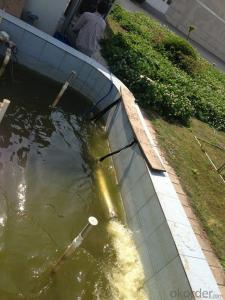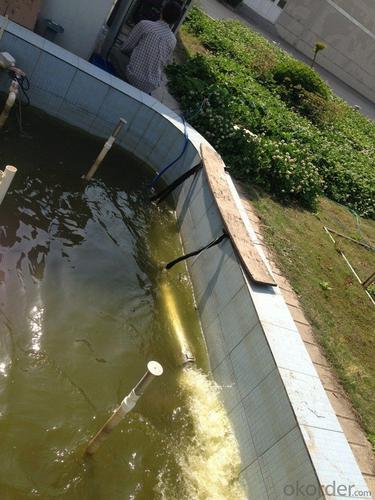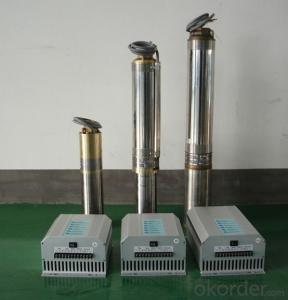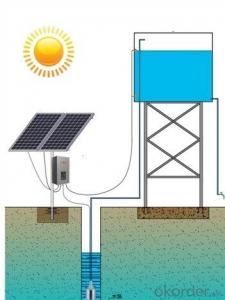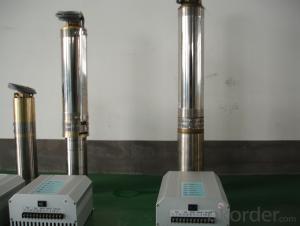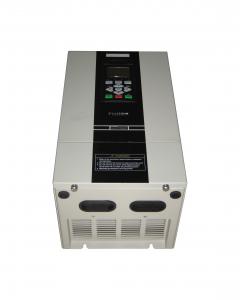12V Solar Pump with Water Lubrication
- Loading Port:
- Shanghai
- Payment Terms:
- TT OR LC
- Min Order Qty:
- -
- Supply Capability:
- 300 set/month
OKorder Service Pledge
Quality Product, Order Online Tracking, Timely Delivery
OKorder Financial Service
Credit Rating, Credit Services, Credit Purchasing
You Might Also Like
how is the rotor made:

how is the motor made:
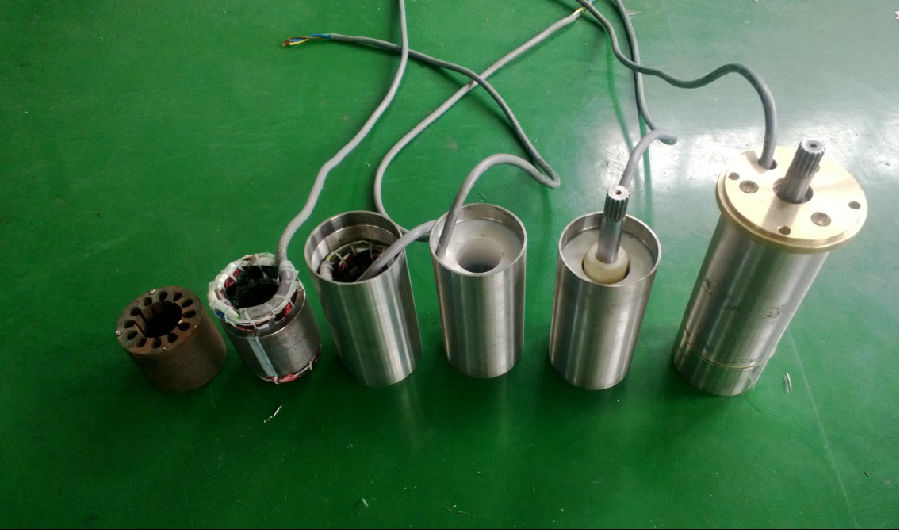
the pump :

controller terminal connection:

The permanent magnet:

the impeller:
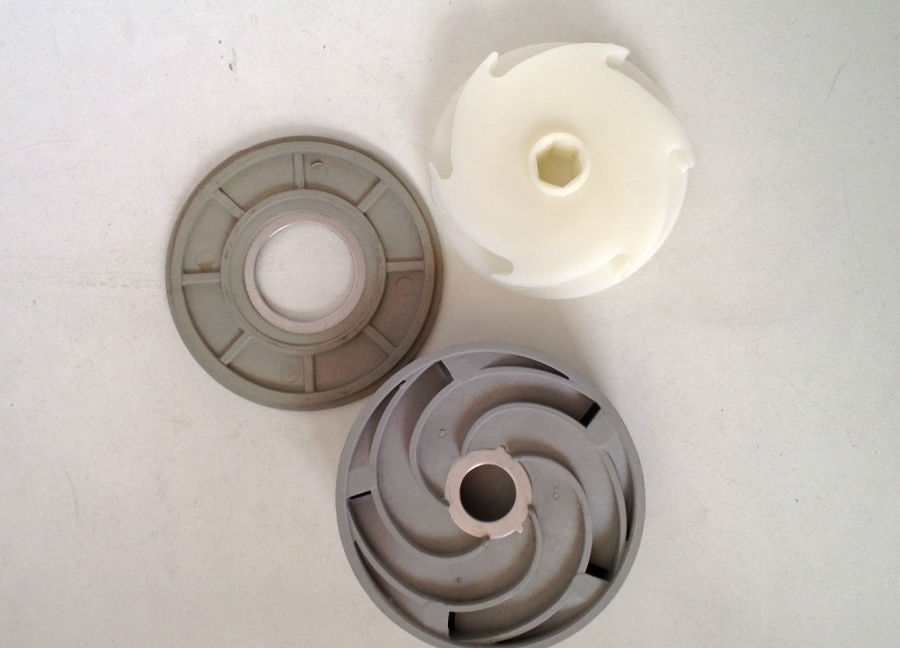

controller box:
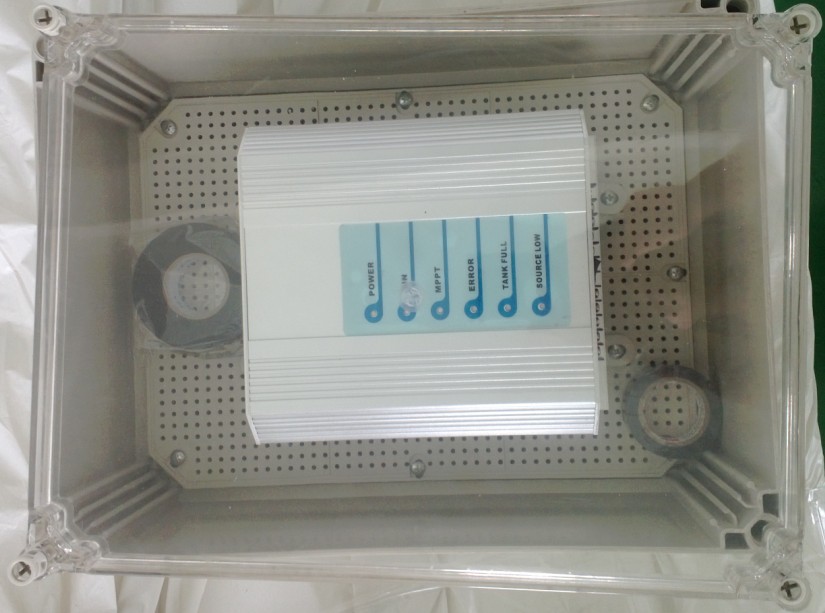
the senors:

the test:

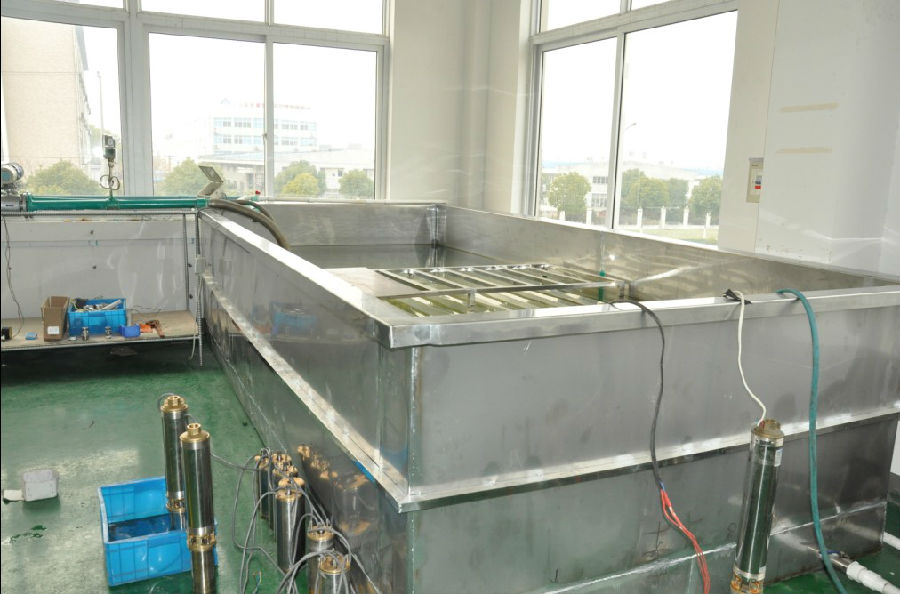
the application:


the package:




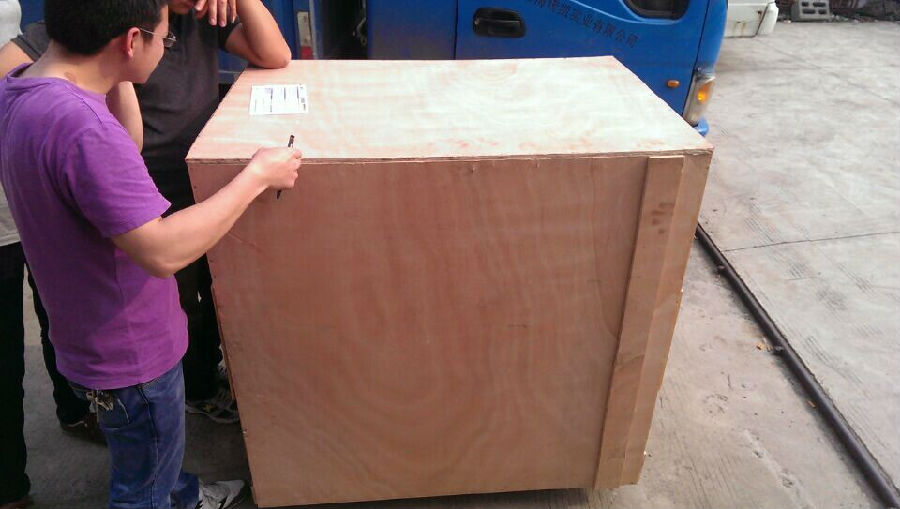



- Q: Are there any limitations on the installation location or orientation of solar panels for a solar pump?
- Yes, there are certain limitations on the installation location and orientation of solar panels for a solar pump. The panels should ideally be installed in a location that receives maximum sunlight throughout the day. This means avoiding shaded areas or areas with obstructions like trees or buildings. Additionally, the orientation of the panels should be towards the south (in the northern hemisphere) or towards the north (in the southern hemisphere) to ensure optimal exposure to sunlight.
- Q: Can solar pumps be integrated with existing water filtration systems?
- Yes, solar pumps can be integrated with existing water filtration systems. Solar pumps can provide the necessary power to operate the filtration system, ensuring a sustainable and renewable source of energy. This integration allows for an efficient and environmentally friendly water filtration process.
- Q: Are there any grants or funding options available for installing a solar pump?
- Yes, there are grants and funding options available for installing a solar pump. Many government and non-profit organizations offer financial assistance programs specifically designed to support the adoption of solar-powered systems, including solar pumps. These funding opportunities aim to promote renewable energy and sustainable water management practices. It is recommended to research and reach out to local and national agencies, as well as private foundations and environmental organizations, to explore the available grants and funding options for installing a solar pump.
- Q: How does a solar pump handle voltage variations in different countries?
- A solar pump typically handles voltage variations in different countries by utilizing an inbuilt voltage regulator or controller. This component ensures that the pump receives a consistent and appropriate voltage level, regardless of the voltage fluctuations in the local electrical grid. It helps protect the pump's motor and other internal components from potential damage caused by either overvoltage or undervoltage. Additionally, some solar pumps also include mechanisms such as maximum power point tracking (MPPT) to optimize energy conversion and further adapt to varying voltage conditions.
- Q: Can solar pumps be used for water extraction from rivers or lakes?
- Yes, solar pumps can be used for water extraction from rivers or lakes. Solar pumps are designed to operate using solar energy, which makes them an ideal solution for remote areas or locations where grid electricity is not available. These pumps can efficiently extract water from rivers or lakes and can be a sustainable and cost-effective option for irrigation, livestock watering, and other water supply needs.
- Q: Can a solar pump be used in reverse osmosis systems?
- Yes, a solar pump can be used in reverse osmosis systems. Reverse osmosis is a water treatment process that utilizes a semi-permeable membrane to remove impurities from water. In order for this process to occur, pressure needs to be applied to overcome the natural osmotic pressure. Traditionally, this pressure is provided by an electric pump. However, a solar pump can also be used to generate the necessary pressure for reverse osmosis. Solar pumps utilize solar energy to power the pump, which in turn creates the required pressure for the process. This makes it a more sustainable and environmentally friendly option, as it reduces reliance on electricity and fossil fuels. Solar pumps are commonly used in remote areas where electricity is not readily available or expensive to access. They are also ideal for off-grid applications, such as desalination plants, where reverse osmosis systems are used to convert seawater into potable water. By harnessing the power of the sun, solar pumps offer a cost-effective and sustainable solution for reverse osmosis systems.
- Q: How does a solar pump handle water pressure?
- A solar pump handles water pressure by utilizing an electric motor powered by solar energy to create suction and push water through the pump's system, ensuring a consistent and controlled water flow.
- Q: What is the typical lifespan of a solar pump's motor?
- The typical lifespan of a solar pump's motor can vary depending on various factors such as the quality of the motor, maintenance practices, and operating conditions. However, on average, a well-maintained solar pump motor can last anywhere from 10 to 20 years.
- Q: Can a solar pump be used for both water supply and irrigation?
- Indeed, a solar pump has the capability to cater to both water supply and irrigation needs. Its design enables it to extract water from sources like wells, rivers, or ponds, and subsequently pump it to the desired location. These applications can serve various purposes, including providing water for domestic use, livestock, and irrigation. Solar pumps prove to be particularly beneficial for irrigation, as they offer an eco-friendly and cost-effective solution. Their operation relies solely on abundant and renewable solar energy, reducing the dependence on electricity or fuel-powered pumps. This makes them especially suitable for areas that are remote or off-grid, where access to electricity may be unreliable or limited. Furthermore, solar pumps can be equipped with advanced features like timers and sensors, enabling automated irrigation systems. This ensures that crops receive the optimum amount of water at the appropriate time, promoting efficient water usage and maximizing crop yield. To sum up, solar pumps are highly versatile and can effectively fulfill both water supply and irrigation requirements. Their sustainable and environmentally friendly nature makes them a preferred choice for agricultural and water supply applications.
- Q: How do I properly size the solar array for a solar pump system?
- To properly size the solar array for a solar pump system, you need to consider the power requirements of the pump, the amount of sunlight available in your location, and the desired flow rate or water volume needed. It is important to calculate the total wattage needed by the pump and choose solar panels that can generate enough power to meet this demand. Additionally, you should account for any potential losses due to shading, panel orientation, and inefficiencies in the system. Consulting with a solar professional or using online solar sizing calculators can help ensure you select the right size solar array for your specific needs.
Send your message to us
12V Solar Pump with Water Lubrication
- Loading Port:
- Shanghai
- Payment Terms:
- TT OR LC
- Min Order Qty:
- -
- Supply Capability:
- 300 set/month
OKorder Service Pledge
Quality Product, Order Online Tracking, Timely Delivery
OKorder Financial Service
Credit Rating, Credit Services, Credit Purchasing
Similar products
Hot products
Hot Searches
Related keywords
